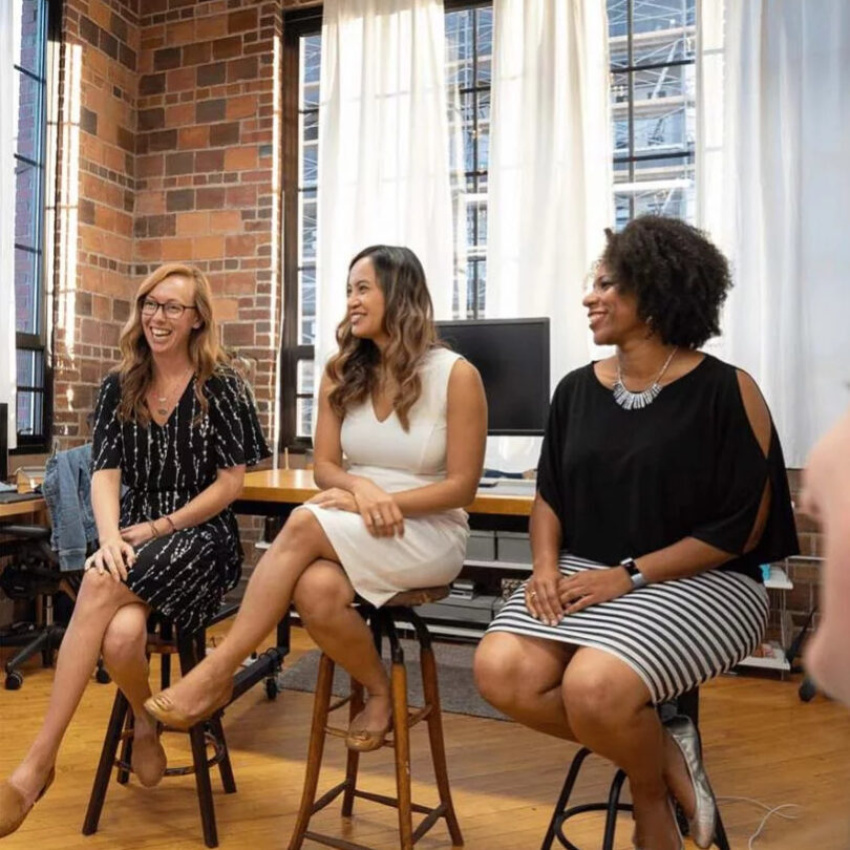How to design engaging and effective hybrid events in the post-covid era
Charlotte Willie, Partnership and Sponsorship Manager, shares her key takeaways from an education session on hybrid events.
Hybrid events is a topic that Colja Dams, CEO at VOK DAMS, one of the leading agencies for events and live marketing, explored at EduMonday Live in 2020.
With the events sector being one of the hardest hit by the pandemic, many event professionals have fearlessly taken their (often exclusively) in-person event model and dived head-first into the world of virtual events.

There’s a clear desire to meet face-to-face but hybrid models can help cater to a wider audience – those who live too far away, can’t attend or have access needs that prevent them from attending in person. But what does the landscape look like post-covid? Here are Charlotte's main takeaways from the session.
Whether an event is virtual, live or hybrid should be a case-by-case basis
Colja predicted that it isn’t going to necessarily be a 50%/50% split, and it doesn’t have to be. Each event must be looked at alone and a ratio drawn up depending on the situation.
Not all events will have a clear live or virtual label. Some events might choose to record all the education or just the keynote speaker. Or live stream the whole event!
A great experience is key for virtual, live and hybrid attendees at events
Those attending an event in-person and those attending virtually need to have a similarly great experience where they feel equally valued and can take part in all elements.
This can be achieved in several ways.

Networking and integrated experiences
To start with, you can ensure people have the same networking experiences, such as using chat roulette so those at the live event can easily talk to those virtually and vice versa. Similarly, the use of an app for questions and polls is a good addition, as everyone has an equal opportunity regardless of their location.
By engineering co-creation breakouts, such as a drawing project that can be collaborated on both in-person and virtually, you can create a sense of togetherness. Colja highlights the need for open platforms so that live sessions can be successfully streamed to virtual audiences but similarly preproduced content can be shown to live audiences. The functionality to integrate is key to ensuring a seamless experience for both types of attendees.




